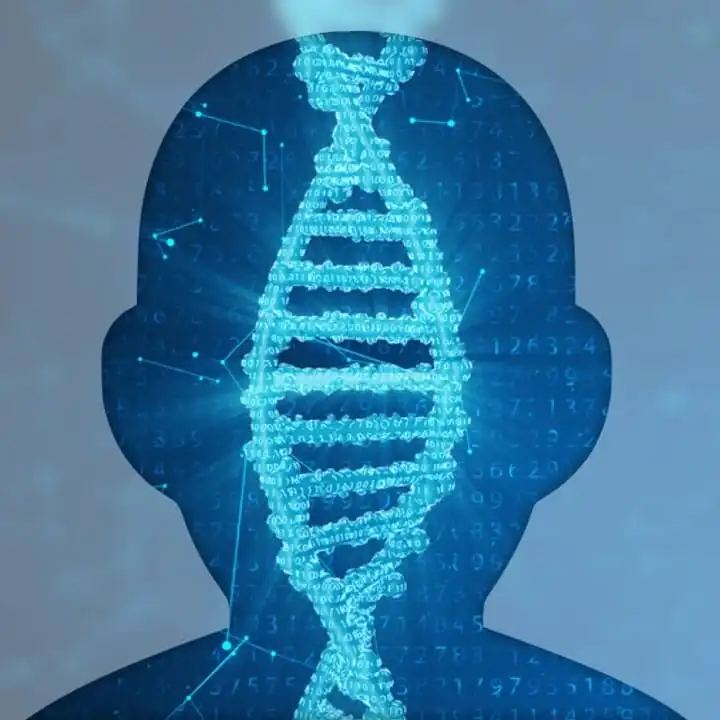What is Odontoonychodermal Dysplasia?
Odontoonychodermal Dysplasia is a rare genetic syndrome that mainly affects the skin and hair of affected individuals.
This syndrome is also known as:
OODD; Tricho-odonto-onycho-dermal dysplasia
What gene changes cause Odontoonychodermal Dysplasia?
Changes in the WNT10A gene are responsible for causing the syndrome. It is inherited in an autosomal recessive pattern of inheritance.
Autosomal recessive inheritance means an affected individual receives one copy of a mutated gene from each of their parents, giving them two copies of a mutated gene. Parents, who carry only one copy of the gene mutation will not generally show any symptoms but have a 25% chance of passing the copies of the gene mutations onto each of their children.
What are the main symptoms of Odontoonychodermal Dysplasia?
The main symptoms of the syndrome include dry hair, a very smooth tongue, and patches of overdeveloped skin on the palms of the hands and the soles of the feet.
Onychodysplasia and abnormalities of the tongue are also part of the syndrome.
Possible clinical traits/features:
Acanthosis nigricans, Hypohidrosis, Hypodontia, Hyperhidrosis, Dry hair, Abnormal hair quantity, Reduced number of teeth, Smooth tongue, Telangiectasia of the skin, Sparse and thin eyebrow, Sparse scalp hair, Sparse body hair, Sparse hair, Aplasia/Hypoplasia of the eyebrow, Anonychia, Abnormal toenail morphology, Blepharitis, Abnormal fingernail morphology, Abnormality of primary teeth, Agenesis of permanent teeth, Nail dysplasia, Photophobia, Cutaneous photosensitivity, Plantar hyperkeratosis, Autosomal recessive inheritance, Palmoplantar hyperhidrosis, Palmoplantar keratoderma, Skin rash, Urticaria, Abnormality of hair texture, Abnormality of dental morphology, Neoplasm of the skin, Dry skin, Dystrophic toenail, Erythema, Dental malocclusion.
How is it diagnosed?
To find out if someone has a diagnosis of Odontooonychodermal Dysplasia, it is important to have a consultation and evaluation with a clinical genetic specialist. Specialists may also suggest specific genetic testing or other types of tests to help reach a diagnosis. FDNA’s AI technology can help speed up the diagnostic process by analyzing facial features and other health information.
